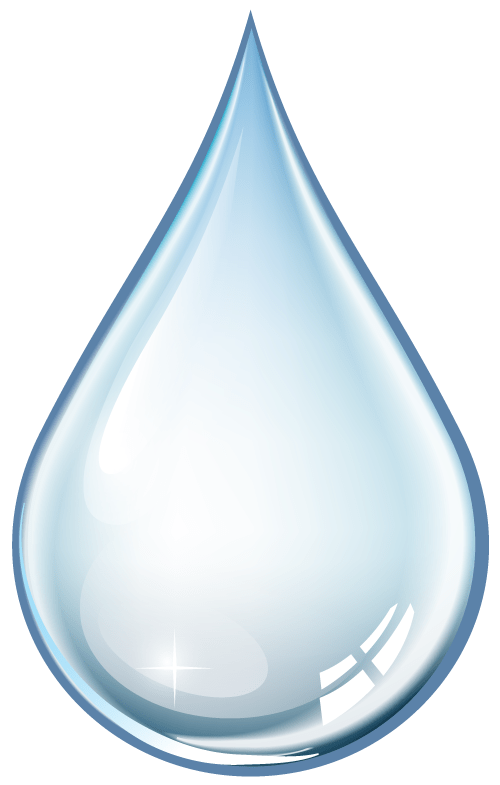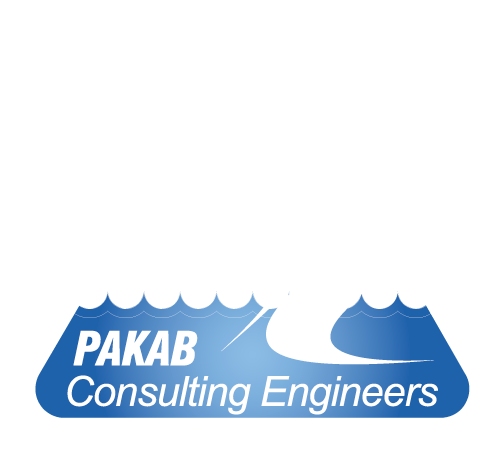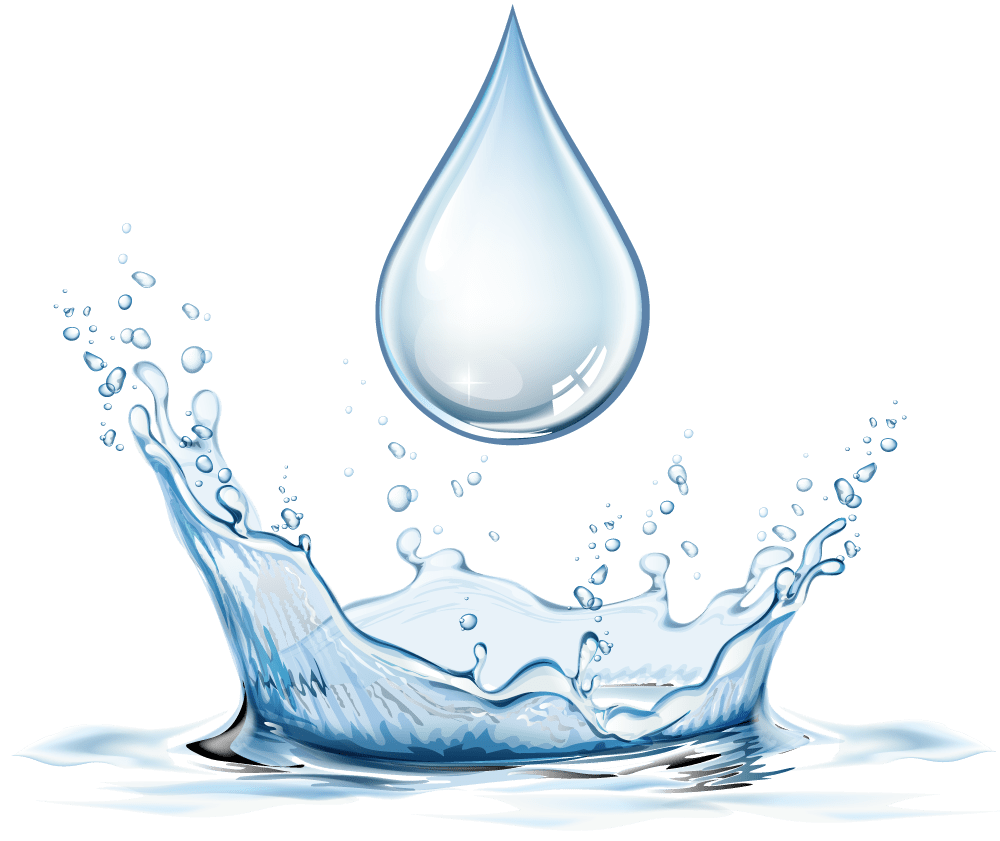- - Home Page
- Irrigation
Company Activities
Irrigation
Irrigation is the agricultural process of applying controlled amounts of water to land to assist in the production of crops, as well as to grow landscape plants and lawns, where it may be known as watering. Agriculture that does not use irrigation but instead relies only on direct rainfall is referred to as rain-fed. Irrigation has been a central feature of agriculture for over 5,000 years and has been developed independently by many cultures across the globe.
Irrigation helps to grow agricultural crops, maintain landscapes, and revegetate disturbed soils in dry areas and during periods of less than average rainfall. Irrigation also has other uses in crop production, including frost protection, suppressing weed growth in grain fields and preventing soil consolidation. Irrigation systems are also used for cooling livestock, dust suppression, disposal of sewage, and in mining. Irrigation is often studied together with drainage, which is the removal of surface and sub-surface water from a given location.
There are various types of irrigation. Micro-irrigation uses less pressure and water flow than overhead irrigation. Drip irrigation trickles out at the root zone.
The scale of irrigation increased dramatically over the 20th century. In 1800, 8 million hectares globally were irrigated, in 1950, 94 million hectares, and in 1990, 235 million hectares. By 1990, 30% of the global food production came from irrigated land. Irrigation techniques across the globe included canals redirecting surface water, groundwater pumping, and diverting water from dams. National governments led most irrigation schemes within their borders, but private investors and other nations, especially the United States China, and European countries like the United Kingdom, funded and organized some schemes within other nations. Irrigation enabled the production of more crops, especially commodity crops in areas which otherwise could not support them. Countries frequently invested in irrigation to increase wheat, rice, or cotton production, often with the overarching goal of increasing self-sufficiency. In the 20th century, global anxiety specifically about the American cotton monopoly fueled many empirical irrigation projects: Britain began developing irrigation in India, the Ottomans in Egypt, the French in Algeria, the Portuguese in Angola, the Germans in Togo, and Soviets in Central Asia. Negative impacts frequently accompanied extensive irrigation. Some projects which diverted surface water for irrigation dried up the water sources, which led to a more extreme regional climate. Projects that relied on groundwater and pumped too much from underground aquifers created subsidence and salinization.
Salinization of irrigation water in turn damaged the crops and seeped into drinking water. Pests and pathogens also thrived in the irrigation canals or ponds full of still water, which created regional outbreaks of diseases like malaria and schistosomiasis. Governments also used irrigation schemes to encourage migration, especially of more desirable populations into an area. Additionally, some of these large nationwide schemes failed to pay off at all, costing more than any benefit gained from increased crop yields.
Types of Irrigation
There are several methods of irrigation. They vary in how the water is supplied to the plants. The goal is to apply the water to the plants as uniformly as possible, so that each plant has the amount of water it needs, neither too much nor too little. Irrigation can also be understood whether it is supplementary to rainfall as happens in many parts of the world, or whether it is ‘full irrigation’ whereby crops rarely depend on any contribution from rainfall. Full irrigation is less common and only happens in arid landscapes experiencing very low rainfall or when crops are grown in semi-arid areas outside of any rainy seasons.
Surface Irrigation
Surface irrigation, also known as gravity irrigation, is the oldest form of irrigation and has been in use for thousands of years. In surface (furrow, flood, or level basin) irrigation systems, water moves across the surface of agricultural lands, in order to wet it and infiltrate into the soil. Water moves by following gravity or the slope of the land. Surface irrigation can be subdivided into furrow, border strip or basin irrigation. It is often called flood irrigation when the irrigation results in flooding or near flooding of the cultivated land. Historically, surface irrigation is the most common method of irrigating agricultural land across most parts of the world. The water application efficiency of surface irrigation is typically lower than other forms of irrigation, due in part to the lack of control of applied depths. Surface irrigation involves a significantly lower capital cost and energy requirement than pressurized irrigation systems. Hence it is often the irrigation choice for developing nations, for low value crops and for large fields. Where water levels from the irrigation source permit, the levels are controlled by dikes, usually plugged by soil. This is often seen in terraced rice fields (rice paddies), where the method is used to flood or control the level of water in each distinct field. In some cases, the water is pumped, or lifted by human or animal power to the level of the land.
Surface irrigation is even used to water urban gardens in certain areas, for example, in and around Phoenix, Arizona. The irrigated area is surrounded by a berm and the water is delivered according to a schedule set by a local irrigation district.
Micro-Irrigation
Micro-irrigation, sometimes called localized irrigation, low volume irrigation, or trickle irrigation is a system where water is distributed under low pressure through a piped network, in a pre-determined pattern, and applied as a small discharge to each plant or adjacent to it. Traditional drip irrigation uses individual emitters, subsurface drip irrigation (SDI), micro-spray or micro-sprinklers, and mini-bubbler irrigation all belong to this category of irrigation methods.
Drip -Irrigation
Drip (or micro) irrigation, also known as trickle irrigation, functions as its name suggests. In this system, water is delivered at or near the root zone of plants, one drop at a time. This method can be the most water-efficient method of irrigation, if managed properly; evaporation and runoff are minimized. The field water efficiency of drip irrigation is typically in the range of 80 to 90 percent when managed correctly.
In modern agriculture, drip irrigation is often combined with plastic mulch, further reducing evaporation, and is also the means of delivery of fertilizer. The process is known as fertigation.
Deep percolation, where water moves below the root zone, can occur if a drip system is operated for too long or if the delivery rate is too high. Drip irrigation methods range from very high-tech and computerized to low-tech and labor-intensive. Lower water pressures are usually needed than for most other types of systems, with the exception of low energy center pivot systems and surface irrigation systems, and the system can be designed for uniformity throughout a field or for precise water delivery to individual plants in a landscape containing a mix of plant species. Although it is difficult to regulate pressure on steep slopes, pressure compensating emitters are available, so the field does not have to be level. High-tech solutions involve precisely calibrated emitters located along lines of tubing that extend from a computerized set of valves.
Sprinkler -Irrigation
In sprinkler or overhead irrigation, water is piped to one or more central locations within the field and distributed by overhead high-pressure sprinklers or guns. A system using sprinklers, sprays, or guns mounted overhead on permanently installed risers is often referred to as a solid-set irrigation system. Higher pressure sprinklers that rotate are called rotors and are driven by a ball drive, gear drive, or impact mechanism. Rotors can be designed to rotate in a full or partial circle. Guns are similar to rotors, except that they generally operate at very high pressures of 275 to 900 kPa (40 to 130 psi) and flows of 3 to 76 L/s (50 to 1200 US gal/min), usually with nozzle diameters in the range of 10 to 50 mm (0.5 to 1.9 in). Guns are used not only for irrigation, but also for industrial applications such as dust suppression and logging.
Sprinklers can also be mounted on moving platforms connected to the water source by a hose. Automatically moving wheeled systems known as traveling sprinklers may irrigate areas such as small farms, sports fields, parks, pastures, and cemeteries unattended. Most of these use a length of polyethylene tubing wound on a steel drum. As the tubing is wound on the drum powered by the irrigation water or a small gas engine, the sprinkler is pulled across the field. When the sprinkler arrives back at the reel the system shuts off. This type of system is known to most people as a “waterreel” traveling irrigation sprinkler and they are used extensively for dust suppression, irrigation, and land application of waste water.
Other travelers use a flat rubber hose that is dragged along behind while the sprinkler platform is pulled by a cable.
Center Pivot
Center pivot irrigation is a form of sprinkler irrigation utilizing several segments of pipe (usually galvanized steel or aluminum) joined together and supported by trusses, mounted on wheeled towers with sprinklers positioned along its length.[90] the system moves in a circular pattern and is fed with water from the pivot point at the center of the arc. These systems are found and used in all parts of the world and allow irrigation of all types of terrain. Newer systems have drop sprinkler heads as shown in the image that follows.
As of 2017 most center pivot systems have drops hanging from a u-shaped pipe attached at the top of the pipe with sprinkler heads that are positioned a few feet (at most) above the crop, thus limiting evaporative losses. Drops can also be used with drag hoses or bubblers that deposit the water directly on the ground between crops. Crops are often planted in a circle to conform to the center pivot. This type of system is known as lepa (low energy precision application). Originally, most center pivots were water-powered. These were replaced by hydraulic systems (t-l irrigation) and electric-motor-driven systems (reinke, valley, zimmatic). Many modern pivots feature gps devices.
Irrigation by lateral move (side roll, wheel line, wheel move)
A series of pipes, each with a wheel of about 1.5 m diameter permanently affixed to its midpoint, and sprinklers along its length, are coupled together. Water is supplied at one end using a large hose. After sufficient irrigation has been applied to one strip of the field, the hose is removed, the water drained from the system, and the assembly rolled either by hand or with a purpose-built mechanism, so that the sprinklers are moved to a different position across the field. The hose is reconnected. The process is repeated in a pattern until the whole field has been irrigated.
This system is less expensive to install than a center pivot, but much more labor-intensive to operate – it does not travel automatically across the field: it applies water in a stationary strip, must be drained, and then rolled to a new strip. Most systems use 100 or 130 mm (4 or 5 inch) diameter aluminum pipe. The pipe doubles both as water transport and as an axle for rotating all the wheels. A drive system (often found near the center of the wheel line) rotates the clamped-together pipe sections as a single axle, rolling the whole wheel line. Manual adjustment of individual wheel positions may be necessary if the system becomes misaligned.
Wheel line systems are limited in the amount of water they can carry, and limited in the height of crops that can be irrigated. One useful feature of a lateral move system is that it consists of sections that can be easily disconnected, adapting to field shape as the line is moved. They are most often used for small, rectilinear, or oddly-shaped fields, hilly or mountainous regions, or in regions where labor is inexpensive.
Lawn Sprinkler Systems
A lawn sprinkler system is permanently installed, as opposed to a hose-end sprinkler, which is portable. Sprinkler systems are installed in residential lawns, in commercial landscapes, for churches and schools, in public parks and cemeteries, and on golf courses. Most of the components of these irrigation systems are hidden under ground, since aesthetics are important in a landscape. A typical lawn sprinkler system will consist of one or more zones, limited in size by the capacity of the water source. Each zone will cover a designated portion of the landscape. Sections of the landscape will usually be divided by microclimate, type of plant material, and type of irrigation equipment. A landscape irrigation system may also include zones containing drip irrigation, bubblers, or other types of equipment besides sprinklers.
Although manual systems are still used, most lawn sprinkler systems may be operated automatically using an irrigation controller, sometimes called a clock or timer. Most automatic systems employ electric solenoid valves. Each zone has one or more of these valves that are wired to the controller. When the controller sends power to the valve, the valve opens, allowing water to flow to the sprinklers in that zone.
There are two main types of sprinklers used in lawn irrigation, pop-up spray heads and rotors. Spray heads have a fixed spray pattern, while rotors have one or more streams that rotate. Spray heads are used to cover smaller areas, while rotors are used for larger areas. Golf course rotors are sometimes so large that a single sprinkler is combined with a valve and called a ‘valve in head’. When used in a turf area, the sprinklers are installed with the top of the head flush with the ground surface. When the system is pressurized, the head will pop up out of the ground and water the desired area until the valve closes and shuts off that zone. Once there is no more pressure in the lateral line, the sprinkler head will retract back into the ground. In flower beds or shrub areas, sprinklers may be mounted on above ground risers or even taller pop-up sprinklers may be used and installed flush as in a lawn area.
Hose-end Sprinklers
There are many types of hose-end sprinklers. Many of them are smaller versions of larger agricultural and landscape sprinklers, sized to work with a typical garden hose. Some have a spiked base allowing them to be temporarily stuck in the ground, while others have a sled base designed to be dragged while attached to the hose.
Subirrigation
Subirrigation has been used for many years in field crops in areas with high water tables. It is a method of artificially raising the water table to allow the soil to be moistened from below the plants’ root zone. Often those systems are located on permanent grasslands in lowlands or river valleys and combined with drainage infrastructure. A system of pumping stations, canals, weirs and gates allows it to increase or decrease the water level in a network of ditches and thereby control the water table.
Subirrigation is also used in the commercial greenhouse production, usually for potted plants. Water is delivered from below, absorbed by upwards, and the excess collected for recycling. Typically, a solution of water and nutrients floods a container or flows through a trough for a short period of time, 10–20 minutes, and is then pumped back into a holding tank for reuse. Sub-irrigation in greenhouses requires fairly sophisticated, expensive equipment and management. Advantages are water and nutrient conservation, and labor savings through reduced system maintenance and automation. It is similar in principle and action to subsurface basin irrigation.
Another type of subirrigation is the self-watering container, also known as a sub-irrigated planter. This consists of a planter suspended over a reservoir with some type of wicking material such as a polyester rope. The water is drawn up the wick through capillary action. A similar technique is the wicking bed; this too uses capillary action.


